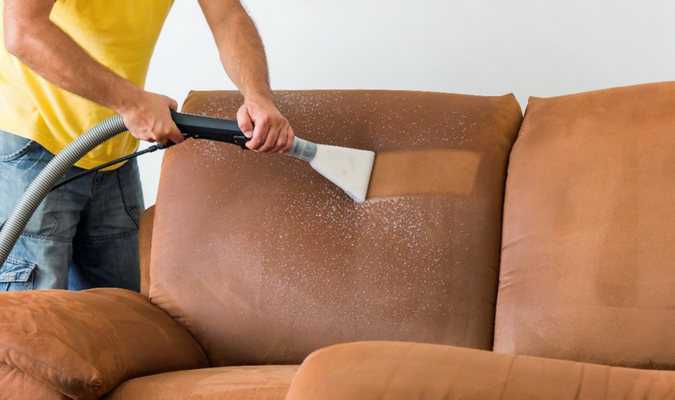How do I make my room smell fresh?
1. Identify the odour
When you notice that your room smells unpleasant, you may be tempted to mask the odor with a candle or air freshener. However, that’s a short-term solution, and it won’t be effective for very long. It also may affect your health. In fact, when you use commercial air fresheners, you may release harmful VOCs into the air of your home.
2. Dust your room from top to bottom
The next step in making your room smell fresh is dusting. Dust is a combination of both indoor and outdoor particles — from dead skin and pollen to pet dander and insect droppings. It can occur naturally inside your home and also be brought in from the outside.
You probably know to dust the obvious places like tables and shelves but don’t forget the blinds, ceiling fans, and light fixtures; the tops of doors and windows, and upholstery; and on and around electronics, baseboards, and carpeting. Some additional things to keep in mind as you dust your room (or anywhere else in your home) include:
Dust top to bottom — If you clean from the bottom up, dust will settle back onto surfaces you’ve already cleaned. Use a damp cloth to dust hard surfaces — Doing this will help prevent the dust from being stirred up into the air.
3. Clean your floors
Now that you’ve finished dusting, it’s time to move on to cleaning the floors. Floors are a catch-all for everything that happens in your room. They collect dust, spills, crumbs, and, if you have pets, their accidents.
If you have hardwood floors in your bedroom, clean-up should be pretty easy. It’s best to use a damp mop for this. Sweeping or using a dry mop will just stir dust and other particles back up into the air, making it hard to get a deep clean.
If your room is carpeted, you may have a bit more work to do but, rest assured, your room will smell better when you’re done. To get a deep clean on your carpeted floors. Thoroughly vacuum the entire carpet. You can sprinkle baking soda on your entire carpet before you vacuum, as an extra measure.
No matter which type of flooring you have in your bedroom, don’t forget to clean those hard-to-reach areas like underneath large furniture or in the back of your closet.
6. Wash your sheets and laundry
You spend a lot of time on your bedsheets, and it is always a good idea to wash your sheets at least once a week. While you are at it, make sure you are emptying your laundry hamper regularly. The gases released by bacteria break down the oil and sweat left behind on your clothes, causing them to emit unpleasant odours.
To keep this problem at bay, never put excessively sweaty clothes in your laundry basket. Instead, wash them right away.
7. Clean all upholstery
Just like your sheets and your dirty laundry, any kind of upholstery is a magnet for dust, dust mites, and other indoor pollutants. Here are some good tips for keeping the fabric in your room clean and smell-free:
White vinegar and water treatment to remove any spot smells on couches or other upholstered furniture. Vacuum upholstered furniture to remove any built-up dust and dirt. For specialty or antique items, consider hiring a specialist to clean them
You don’t need to clean them every week; a good deep clean once a month should be just fine.
8. Turn on a dehumidifier
As we talked about earlier, moisture can be a big problem when you’re trying to get your room to smell great. Moist air and damp surfaces are prime territories for mold and mildew. Depending on the climate in your region, you may have trouble keeping your home from getting too humid.
Because humid air can trap pollutants and foul odours, consider investing in a dehumidifier. This will help pull the moisture out of the air in your room, making it less hospitable to mold and mildew. You’ll also notice that your room feels less stuffy — an important part of making your room smell great.
9. Use an indoor air purifier
Indoor air purifiers work to trap and destroy pollutants found around your home. By eliminating indoor air pollutants, you are effectively removing some of the sources of foul smells.
When looking for an indoor air purifier, it is smart to choose one that breaks down allergens and pollutants like mold spores and airborne chemicals. Those that simply trap them can then release them right back out into the air of your room.
10. Use an odour absorber
Last but certainly not least, use a natural odour absorber like baking soda to trap any lingering odours in your room. Since odour absorbers are soaking up the air particles that cause bad smells, you will need to replace them often
💜💜💜💜💜💜💜







Comments
Post a Comment